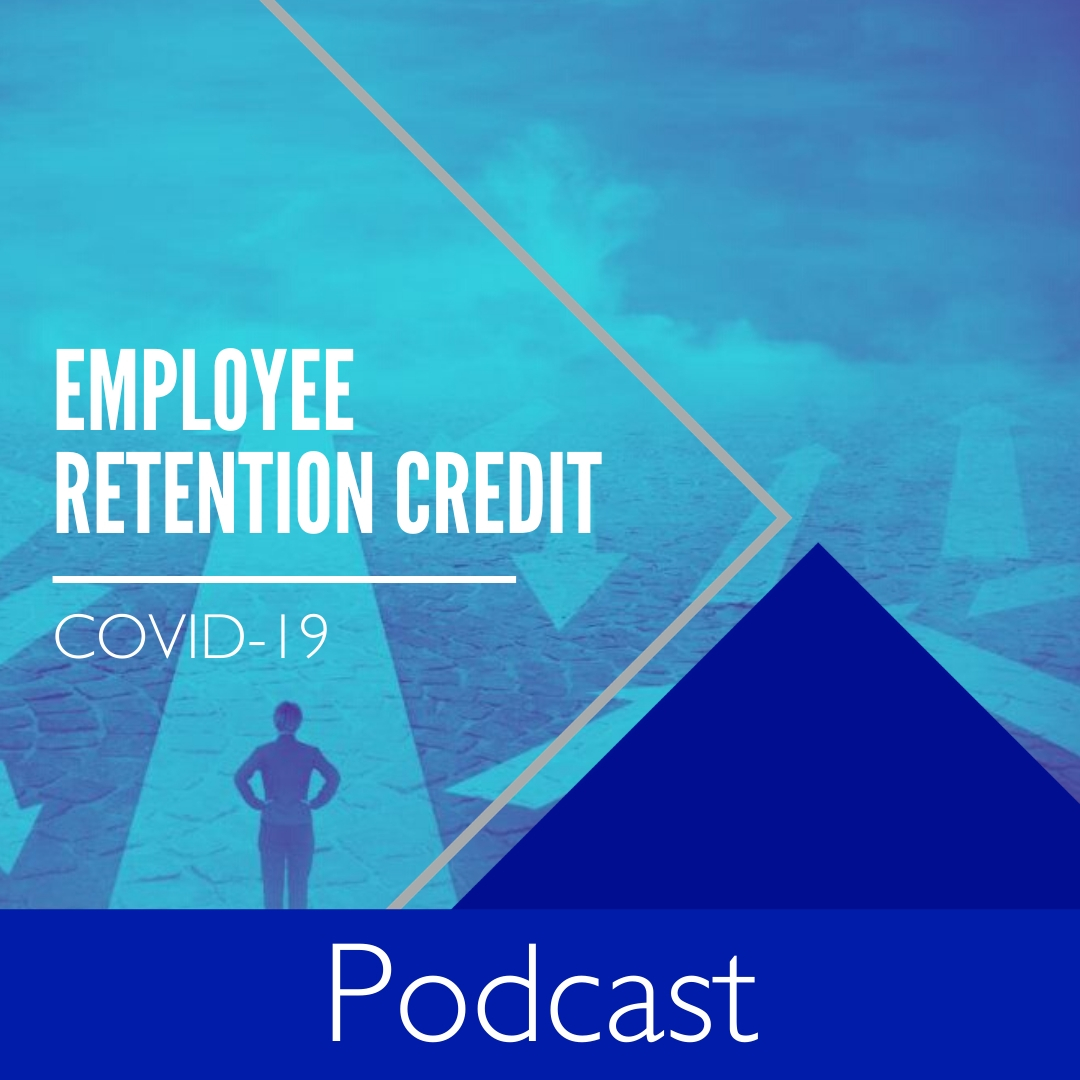We recorded this show on April 21, 2020, and things are changing daily. So this is what we know as of the time of recording.
Over the last few weeks we’ve talked a lot about everything from the Economic Injury Disaster Loan to the Paycheck Protection Program, and many companies have applied for these loans and have actually received the funds. And the second phase of this is now going to focus on that loan forgiveness part. Unfortunately at this point regulations haven’t come out, but we’re expecting them soon. So once they are out, we’ll for sure talk about it here.
So until then, let’s talk about another tax credit that’s available. It’s called the Employee Retention Credit.
What are the basics of this program?
It’s a program that’s designed to be a refundable tax credit for up to 50 percent of the first $10,000 in wages paid by an employer that meets certain criteria and whose business has been affected by COVID-19.
How does a business actually qualify to receive this Employee Retention Credit?
Those criteria are one of two things:
- They either have to be fully or partially shut down by a government order due to COVID-19 during the calendar quarter, OR
- They have to have their gross receipts that are 50 percent less than they were the [same] quarter last year.
These credits are available to employers regardless of size. Some of the credits are available for only 500 employees or less; this is employers of all sizes, including tax-exempt organizations.
But there’s two exceptions: State and local governments can’t use these credits, and small businesses who take out certain Small Business Administration (SBA) loans cannot, either.
How is this credit actually calculated?
The credit is calculated based off of 50 percent of what’s called “qualifying wages,” up to $10,000. So it’s a $5,000 credit per employee that you have. Any wages paid after March 12, 2020, and before the end of the year are eligible for this credit. And wages taken into account are not limited just to cash payments, but they also include a portion of the employer’s health care costs that can be added in for this credit.
How do I know which wages actually qualify?
The qualifying wages are based off of how many employees that you have. They have biased it towards smaller employers, even though any employer can take advantage of it.
If you had 100 or fewer employees on average in 2019, the credit is going to be based on wages paid to all your employees–whether they’re working right now, or whether they’re not working.
If you have more than 100 employees on average, then the credit is only calculated based off of wages for people who didn’t work during the quarter—essentially, they’re at home but you’re still paying them.
How does a business actually receive their credit, then?
Employers can do this—being immediately reimbursed for the credit—by “shorting” their payroll tax payments that they make. And then as they “short” these tax payments, it’ll all get reconciled when they do their quarterly 941s (and anybody that runs a business that has employees knows what a “941” is, and they know that they have to make quarterly payments—sometimes payments that are even more often than that—and those are the payments that can be shorted).
If the employer’s employment tax deposits are not sufficient to cover the credit, the employer may receive an advance payment from the IRS by submitting Form 7200, Advance Payment of Employer Credits Due to COVID-19.
So like we talked about in previous weeks, there’s no double-dipping in this, correct?
That’s correct; you cannot use the same wages for multiple programs. This is why you definitely want to talk to a CPA in regard to what’s the best way to handle your business … every situation for every business is different.
Sign Up to Receive Email Updates
Be sure you’re getting the latest insights as legislative developments occur. We’re here for you with tax insights and business resources.
Sign Up Now
We Are Here for You
Contact us to talk through the challenges your business faces as you navigate through this unprecedented time. No doubt you’ll need help assessing cash flow and making smart projections, reviewing loan covenants, lining up bridge financing, talking to banks and lenders, figuring out staff loads and employee counts, handling disrupted supply chains, and so much more.
Read An Important Message from Our Firm





